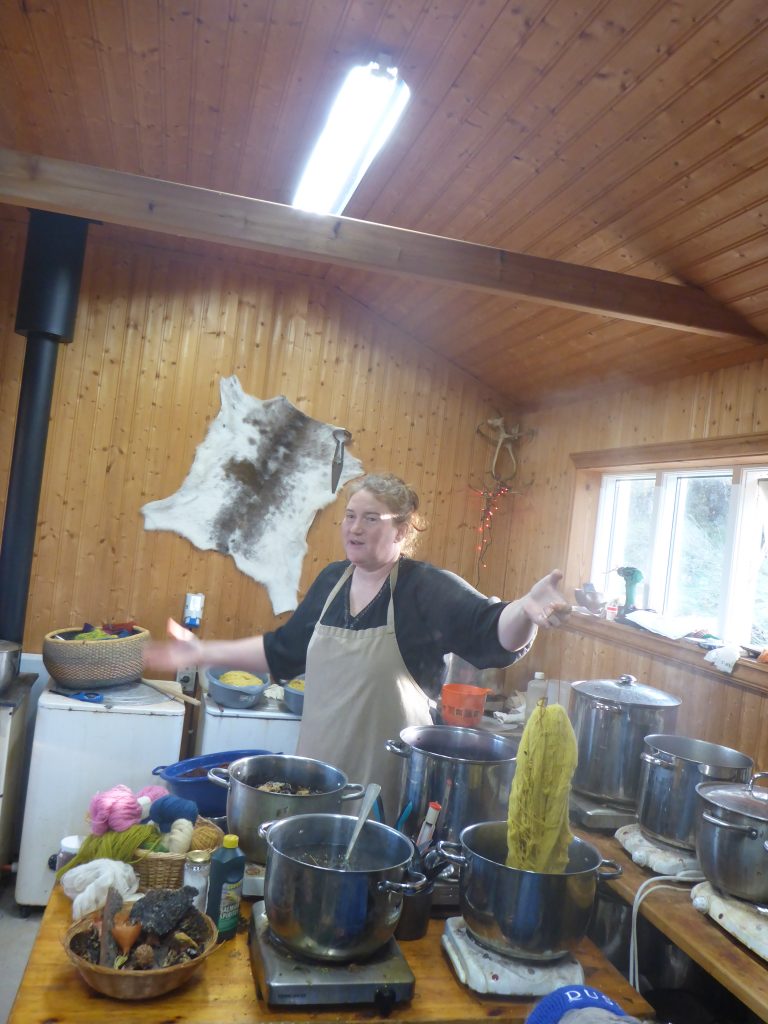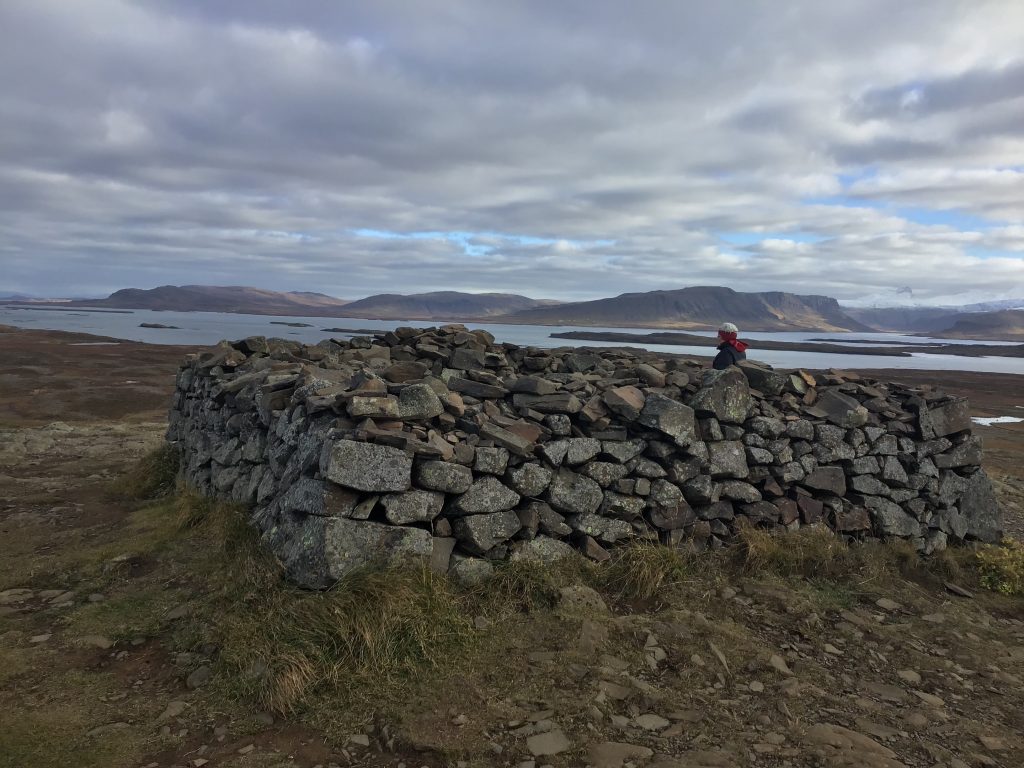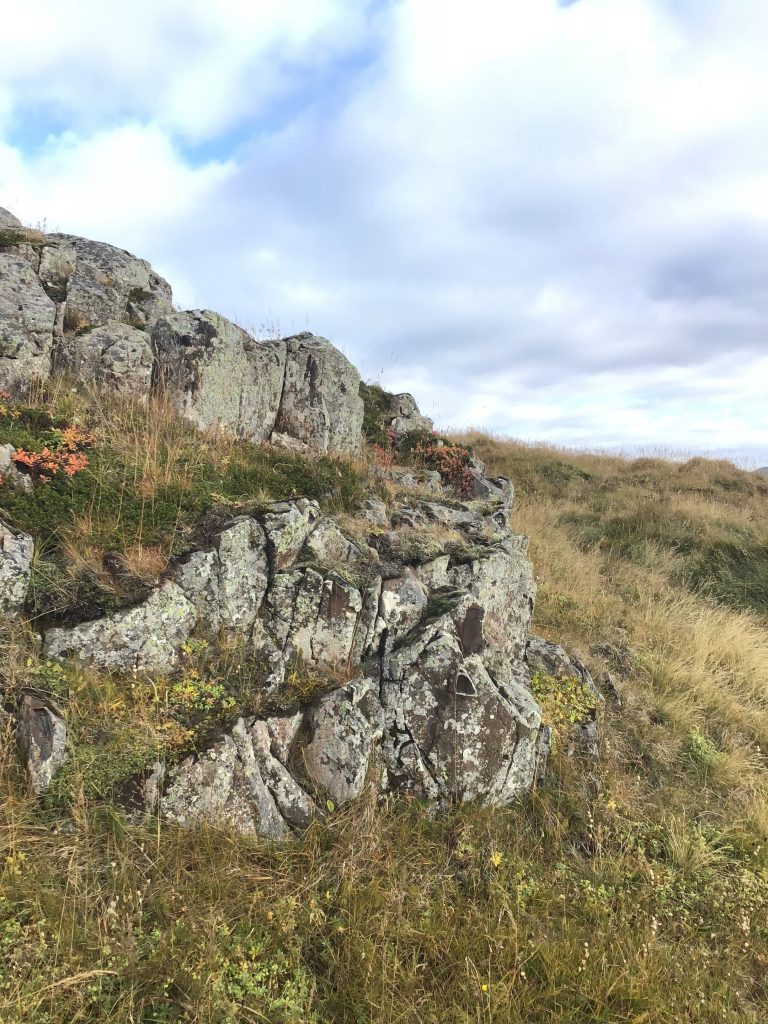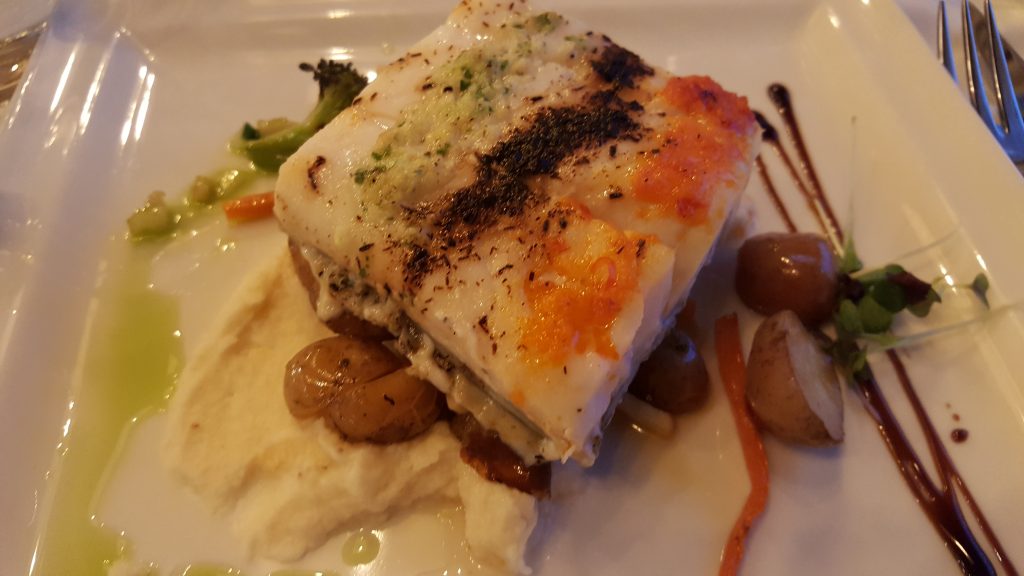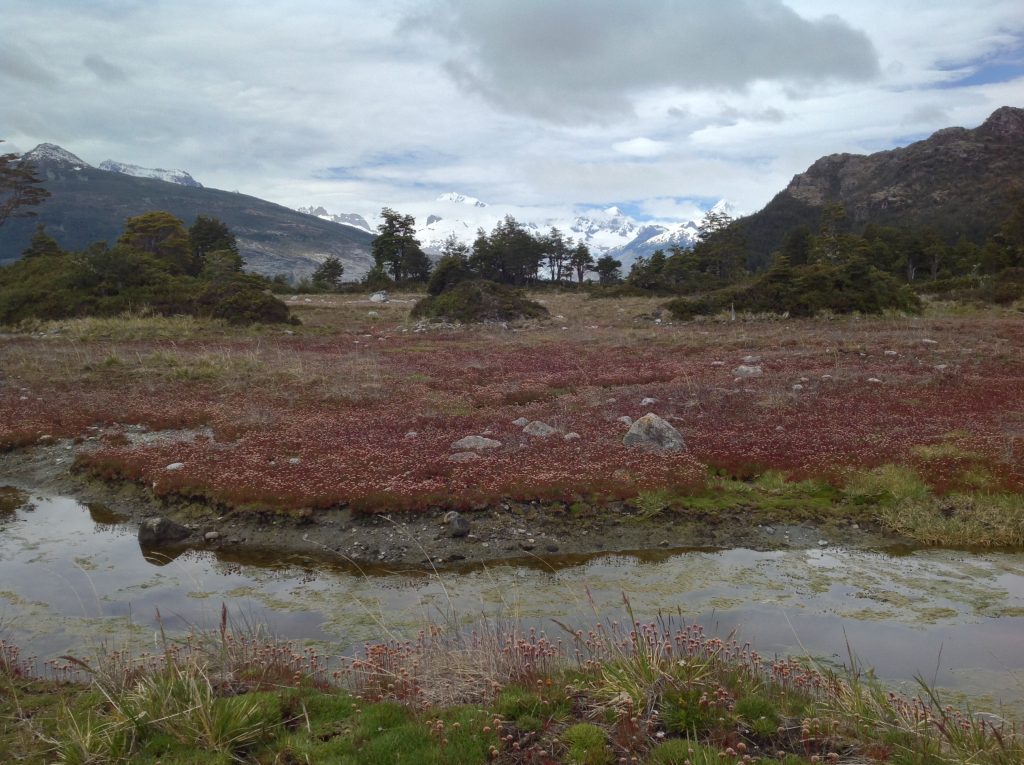A few months ago, I blogged about tech companies “Controlling Global Language.” With billions of people using social media platforms and producing billions of posts daily, things are bound to get complicated. Language is nuanced and context counts for a lot when evaluating content. This factor is further exacerbated when considering that social media platforms now exist globally and work across cultures. Something that is permissible or not offensive in one culture could be interpreted differently halfway across the globe.
To deal with this some companies, like Facebook, create “rules” and hire thousands of humans to review content (e.g., posts, images, comments, etc.) and make snap decisions on whether or not it is deemed “harmful.” Recently the New York Times published an article titled “Inside Facebook’s Secret Rulebook for Global Political Speech” by Max Fisher. The article describes in some detail how humans around the world are supposed to evaluate billions of posts each day according to rules created by Facebook on what is, or is not, deemed acceptable content for their platform. The rules even include guidance on how to interpret emoji in certain contexts when they could be considered offensive or indicate something more serious than a smiley face.
One of the many challenges about opening up platforms for anyone and everyone to post content is that it’s difficult to regulate. And then you have to ask yourself, should it be regulated? And by whom? How could rules be created to monitor posts and content without being subjective? Or largely influenced by who’s in power in a particular country?
Facebook will remove content and ban users that are considered offensive, threatening, or dangerous, according to its rulebook. Then I wonder, where do these people go to post content? Banning or eliminating content from one social media site doesn’t get rid of it. Most likely the content owner simply moves to another platform where s/he can get support for his/her viewpoints. This is also a danger because then this content grows in the deep, murky areas of the internet unnoticed, sometimes until it’s too late.
The problem is complex, perhaps one that wasn’t fully anticipated or considered when social media platforms first appeared over a decade ago. Or one that was pushed aside to focus on growth, content production, collecting data, and sharing. The solution, it seems, will have to be equally complex to have any impact.


